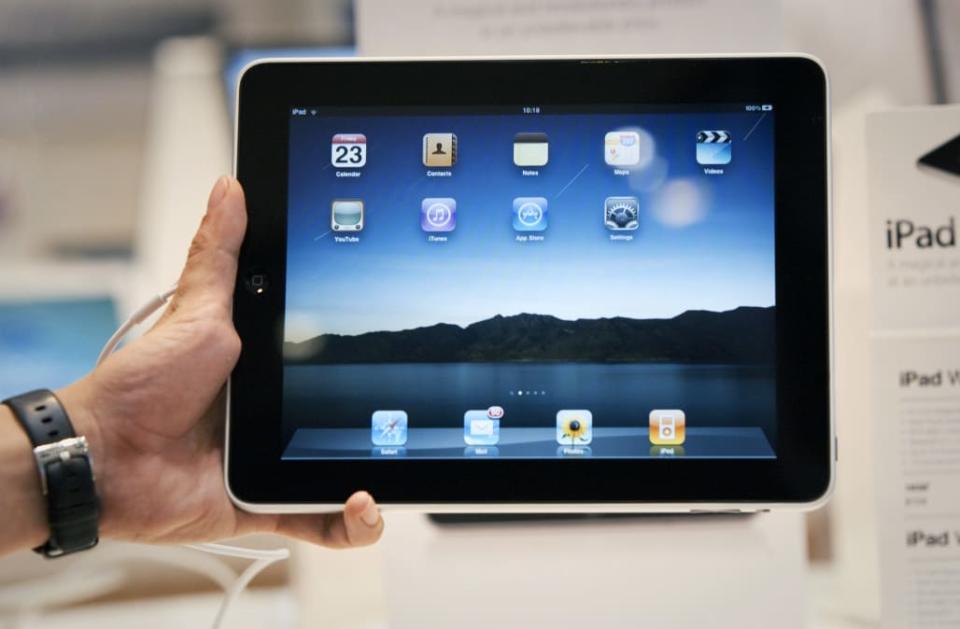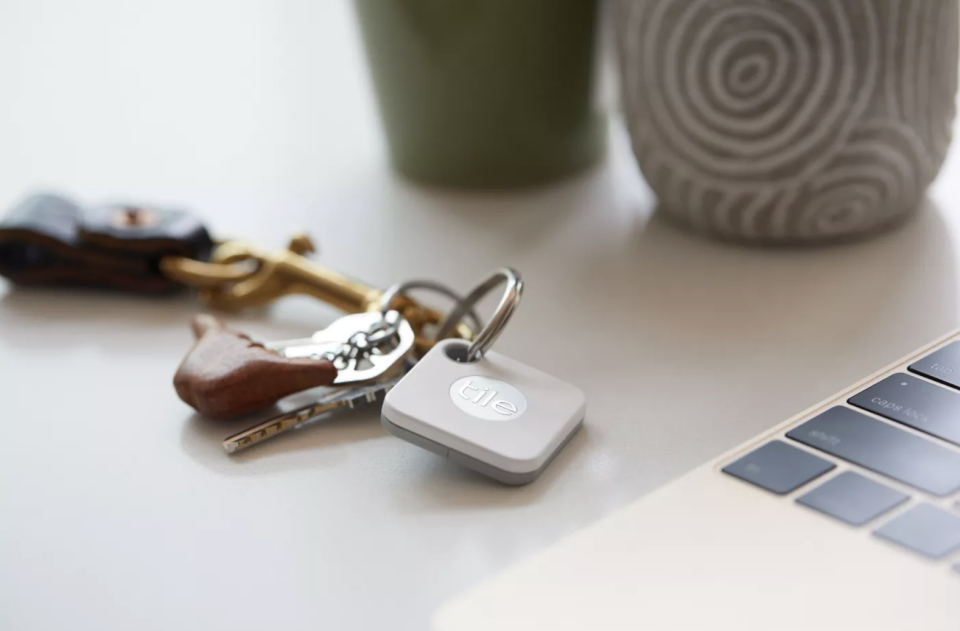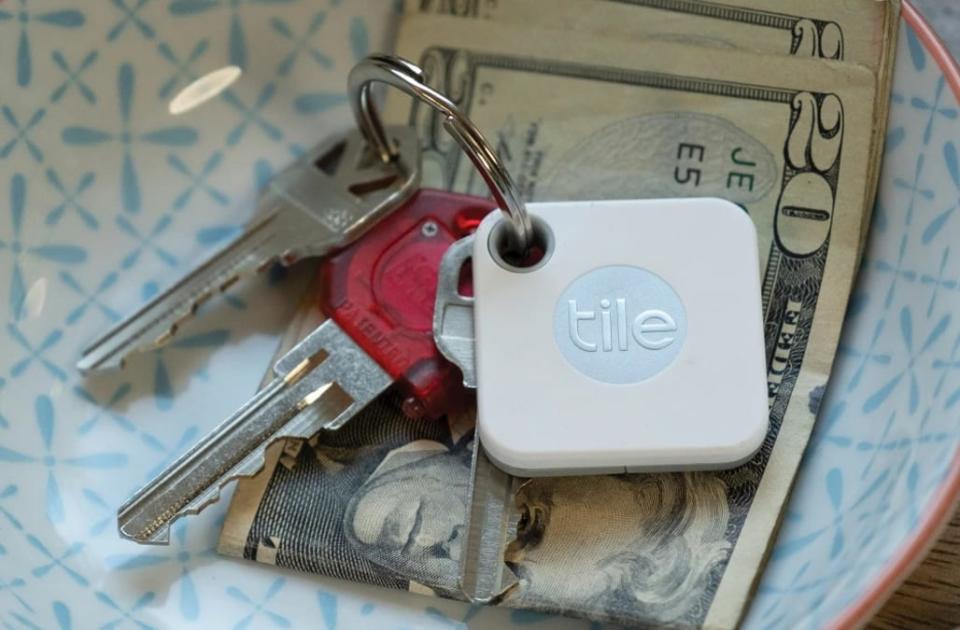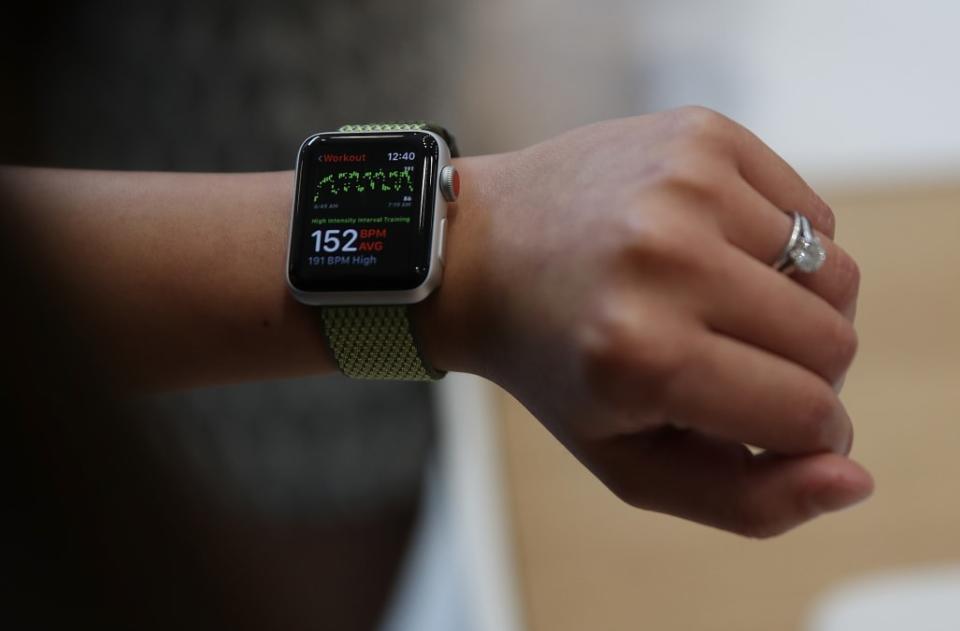12 tech products and gadgets that defined the decade
Our team is dedicated to finding and telling you more about the products and deals we love. If you love them too and decide to purchase through the links below, we may receive a commission. Pricing and availability are subject to change.
The 2010s have proven to be the decade of growth — in more ways than one. One of the most noticeable ways this was shown is in the tech world, as so many of our daily functions were simplified or made more efficient with the use of one particular gadget that we've now grown immensely attached to.
From the birth of some of Apple's now-signature products to a few fun, trendy tech bits of the moment — remember the hoverboard? — let's take a trip down memory lane and remember the tech that defined the 2010s.
Apple iPhone 4, 2010
From the beginning to the very end, countless smartphones have been released this decade, and while the hoopla that usually surrounds a mobile phone launch was achieved for arguably each of them, only one was considered revolutionary.
Apple's iPhone 4, released in 2010, saw the company introduce a complete redesign of the device with a glass body, a factor that has gone on to serve as the blueprint for most smartphone hardware today. The device also boasted the first Retina Display, support for FaceTime and the first selfie camera on an iPhone. Major stuff!
Apple iPad (First Generation), 2010

Apple introduced the iPad at a time when there was nothing like it on the market, creating an entirely new space for "something that's between a laptop and a smartphone," as co-founder Steve Jobs explained in 2010. The tablet computer ushered in a new category of devices that straddles the fence between these two extremes.
The first generation, released in 2010, revolutionized the tech world and led the framework for several other models to be later introduced with more features, thinner bezels and several new laptop-like capabilities.
MacBook Air (First Generation), 2010
The laptop was widely used by the time the MacBook Air redesign was introduced in 2010, defining what the "modern laptop" would look like in the 2010s. Marketed as the ideal thin laptop, that was the "lightest, thinnest laptop Apple has ever constructed," at the time, this device quickly became the "tech to get" in the earlier part of the decade.
The 13.3-inch model included two USB ports, a MagSafe connector, an SD card slot and, for the first time, no CD drive — an omission that would eventually become the standard for nearly all laptops.
Square Reader, 2010
This decade saw consumers become more card-dependent than ever before. Ditching cash at retailers became an unspeakable trend and birthed the likes of mobile wallets, banking apps and, most of all, peer-to-peer payment services.
Perhaps the most prominent manifestation of this shift is the Square Reader, which quickly gained nationwide notoriety in a matter of months. The sleek and minimalistic design saw retailers ditch blocky card processors for this simple phone-insert that is still widely used today.
Instant Pot, 2010
The Instant Pot was a slow-burner throughout the decade but actually was formulated and created in 2010. The multifunctional pressure cooker was initially created by computer scientist Robert Wang and his colleagues in 2008, with Wang ultimately being credited as the appliance's inventor.
The first model was formulated to work as a pressure cooker, slow cooker, rice/porridge maker, yogurt maker, sauté/searing pan, steamer and food warmer. Four main Instant Pot models have been created since, making this one of the fastest evolving tech brands of the decade.
Tile Tracker, 2012



Tile was founded in December 2012 and served as a means of helping its users easily find their belongings, such as keys, bags and wallets, using Bluetooth 4.0. The devices — which first came in the form of a singular square tile that conveniently attached to any object like a keychain — work in conjunction with a mobile app for Android and iOS, allowing users to locate their lost or misplaced items exactly.
The company launched Generation 2 hardware in 2015, which includes find-your-phone functionality. Two more versions of Tile were launched in 2017.
Amazon Echo, 2014
The introduction of the Amazon Echo in 2014 made consumers feel like they were moving into the future at lightning speed — being able to speak to a device in one's own home and have it perform a specific function was a major deal! This particular smart speaker was the first solid introduction of digital home assistants that the world had ever seen.
Amazon's Alexa, which was built into the device, informed users of the weather, answered random questions, read stories to kids, played music and even told jokes. As the years went by, its capabilities only became more seamless, with it eventually gaining abilities to turn on lights, start users' carts, set alarms and aid in sound sleep practices.
Swagtron Hoverboard, 2015
The hype surrounding the Swagtron Hoverboard may have been short-lived — but when it was hot, it scorched. The name was technically incorrectly used — seeing as there was no "hovering" happening — and the product itself was wrought with malfunctions, including a few that caught on fire.
Still, these "hoverboards" undoubtedly left a lasting mark on the 2010s. Above all, their cultural stamp on the decade was most noticeable, with celebrities and kids, in particular, contributing to the hype. Who could forget Wiz Khalifa getting arrested for riding one at the airport in 2015?
Dyson Supersonic, 2016
Who knew a hairdryer could be considered high tech? In 2016, Dyson stepped outside of the box, proving that haircare was another market they could master. The company released the Supersonic with an iconic design that mimicked a sleek-yet-heavy-duty piece of luxury machinery, and it quickly landed on several must-have lists.
While the appliance boasts a hefty price tag of $400, it was proven that there was a demand for it with many raving about its versatility and seamless compatibility with all hair textures and types.
Apple AirPods, 2016
Most devoted iPhone users remember the dreaded — yet glorious – day when Apple unveiled its now massively popular wireless earphones, simply named AirPods. The stark white device was introduced on the same day that the company killed the headphone jack with its iPhone 7.
Since then, they've not only become one of the brand's most popular products to date, but they've evolved into a fashion staple for many. Its design was, of course, met with reservations, with some protesting its recognizable aesthetic. However, the public quickly got over it and repeatedly made it one of the highest-grossing pieces of tech each year since its debut.
Fidget Spinner, 2017
Another cult favorite, similar in tone to the Swagtron Hoverboard, is the 2017-released fidget spinner. Likely the least expensive gadget on this list, this charmingly simple product, which oddly resembles the look of a triple spoke wrench, was all the rage for quite some time.
Aside from its wide availability and viral nature, the fidget spinner was considered a stress reliever for many. However, others claimed they were corrupting the minds of young people who made up its leading demographic. As similarly seen with the short-lived outrage over AirPods, the controversy ended and was quickly forgotten.
Apple Watch (Series 3), 2017

While the first generation of the Apple Watch was released in 2015, many didn't take notice of the gadget until 2017 when the third generation was launched. Released in 2017, this version resonated most with consumers most since it featured all of the elements that worked best: health tracking, useful watch face information, music controls/integration and cellular service capabilities.
With all of these features packed into this sleek design — and the differentiating factor of the red crown (for cellular) to show that this was the version to own — the Apple Watch Series 3 was destined for success.

